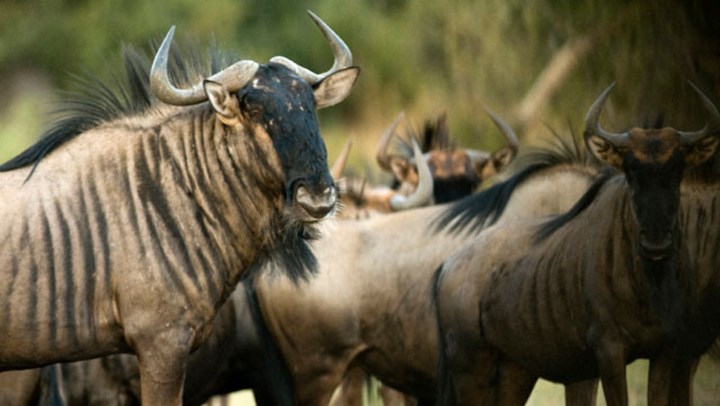
by Catherine Semcer - Saturday, December 9, 2017

While photo tourism in Africa helps to raise much-needed conservation funds, the truth is that it is not viable continent-wide. But combine it with hunting—and hunters’ dollars—and we see hunting is photo tourism’s indispensable partner in conserving Africa’s wildlife.
Many who do not understand hunting are simply unaware that across Africa more than 166 million acres of remote wildlife habitat—an area roughly twice the size of the U.S. national park system—are conserved in public and private hunting areas. Scientists have published peer-reviewed research showing that if hunting were to end in Namibia, 84 percent of the nation’s wildlife conservancies would no longer be economically viable and an area five times the size of Yosemite National Park would be vulnerable to development. Researchers with the University of Pretoria in South Africa also found that if just lion hunting were to end in the countries of Mozambique, Zambia and Tanzania, nearly15 million acres of wildlife conservancy lands would struggle to make ends meet and could be lost to development.
The presence of hunting has created economic incentives to recover rare and endangered species like the Southern white rhino in South Africa, whose numbers have increased from 840 in 1968 to more than 20,000 today. In Namibia, numbers of the Southern black rhino have more than doubled since the U.S. Fish and Wildlife Service (USFWS) began allowing hunters to import trophies taken in that country. In Mozambique, hunting outfitters have restored wildlife to Coutada 11, a wildland roughly the size of Yellowstone National Park, after years of devastating civil war. Cape buffalo numbers have increased from 1,000 to more than 21,000 and the sable antelope population from just 44 to more than 1,200. The outfitters well-managed anti-poaching team has also helped to keep the area free of the elephant poachers who are plaguing much of the country.
To the north in Tanzania, the Friedkin Conservation Fund, a non-profit conservation organization financially supported by hunting outfitters, has fielded 121 anti-poaching guards who are assisting authorities over an area of 6.1 million acres, an area the size of Everglades, Grand Canyon and Yellowstone National Parks combined. These anti-poaching guards have been responsible for apprehending an average of 1,950 suspected poachers each year in wildlands bordering special places such as Serengeti National Park.
In addition to all of this direct action in the service of wildlife conservation, hunting also provides a critical source of funding for government conservation agencies. In Zimbabwe, hunting provides as much as 30 percent of the budget for the Zimbabwe Parks and Wildlife Management Authority, money used to protect special places such as Victoria Falls and Hwange National Park, the epicenter of the “Cecil the lion” controversy of 2015 and, most recently, again last month when another African lion was taken legally by a hunter near the park. (See NRAHLF.org’s “Lying about Lions—Fake News Exposed As Hunters Fight Fiction with Facts” for the truth about why lion hunting—or any hunting—is conservation.)
While photo tourism is important it is clear that it is not enough to provide for all of Africa’s conservation needs and that if it could, it would be doing so already. Hunting and hunters remain an essential partner in efforts to secure the continent’s beautiful wildlands and breathtaking array of biodiversity. It is time that our role in this, one of the most noble of pursuits, be recognized and respected by all who wish to pass on a rich wildlife heritage to their children.
■ ■ ■
About the Author
Catherine E. Semcer is Chief Operations Officer of Humanitarian Operations Protecting Elephants (H.O.P.E.), a U.S.-based non-profit organization that provides training, advisory assistance and procurement services to African anti-poaching programs by leveraging the skill sets of U.S. veterans and the capacities of commercial businesses. A longtime hunter, Semcer is also a member of the International Union for Conservation of Nature’s (ICUN) Sustainable Use Livelihoods Specialist Group (SULi), a global-expert network that promotes both conservation and livelihoods through enhancing equitable and sustainable use of wild species and their associated ecosystems. You can support H.O.P.E.’s efforts to secure a future for Africa’s wildlife by visiting www.saveivory.org.
*Please note that the opinions expressed in this article are strictly her own.
E-mail your comments/questions about this site to:
[email protected]
Proudly supported by The NRA Foundation and Friends of NRA fundraising.
